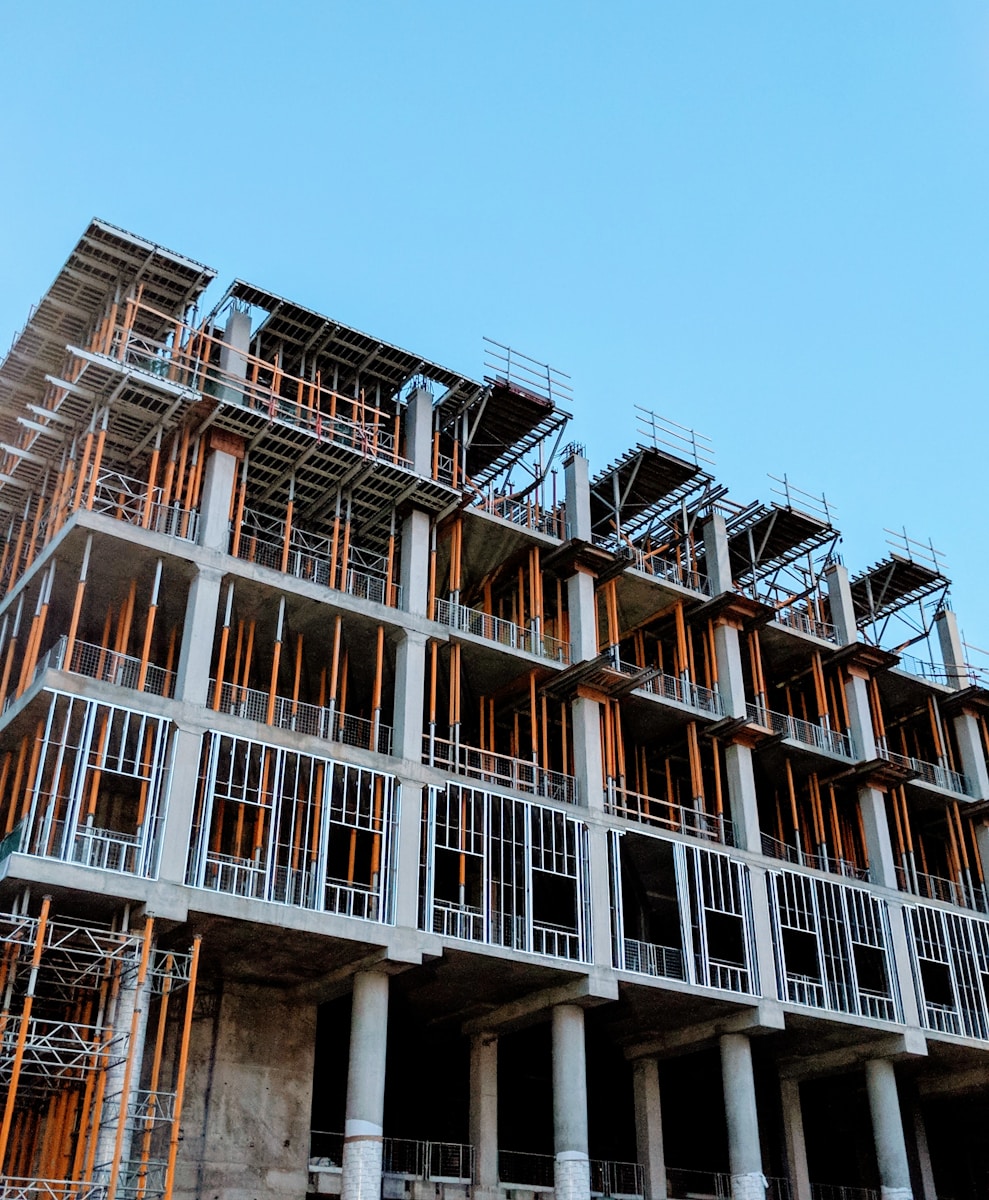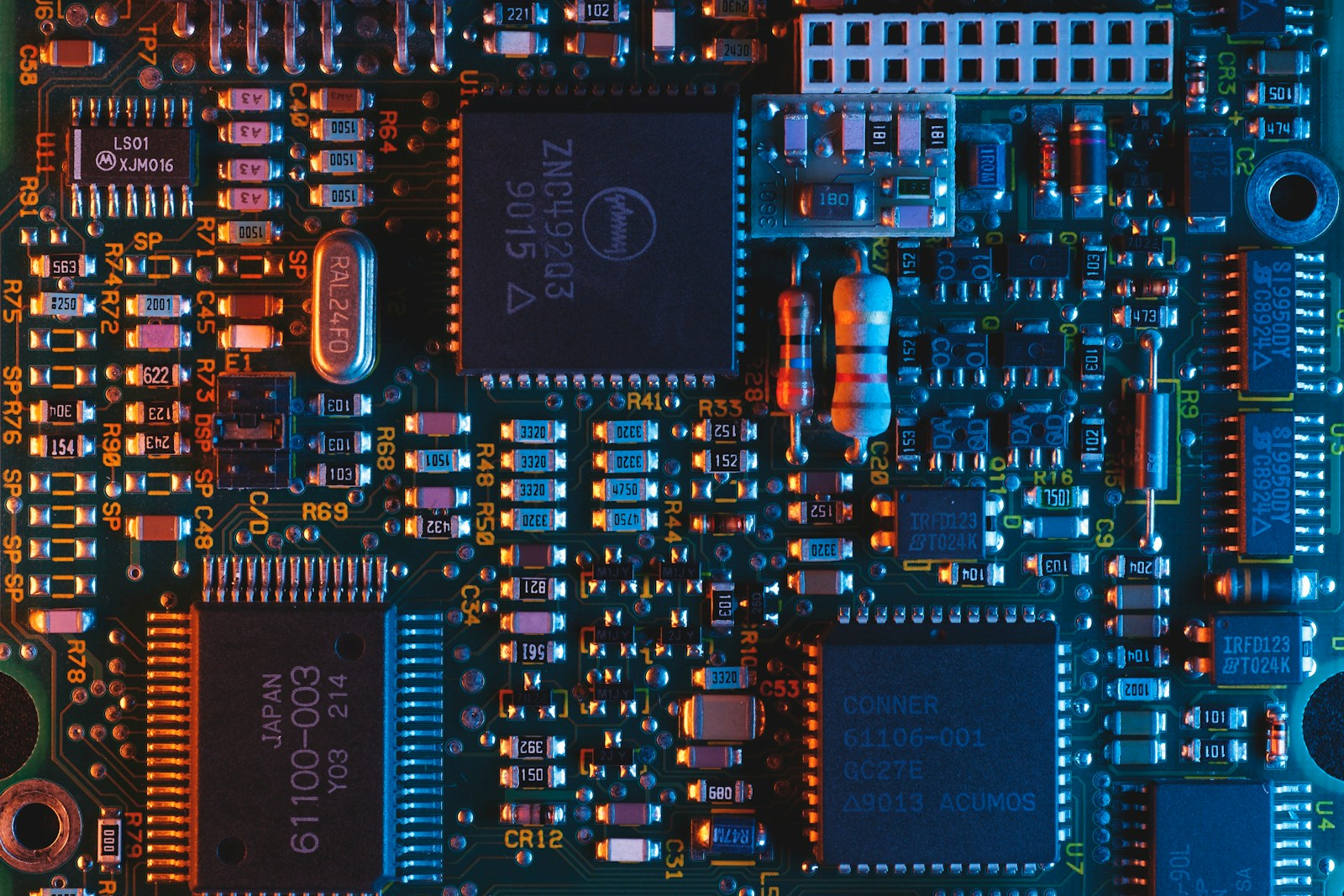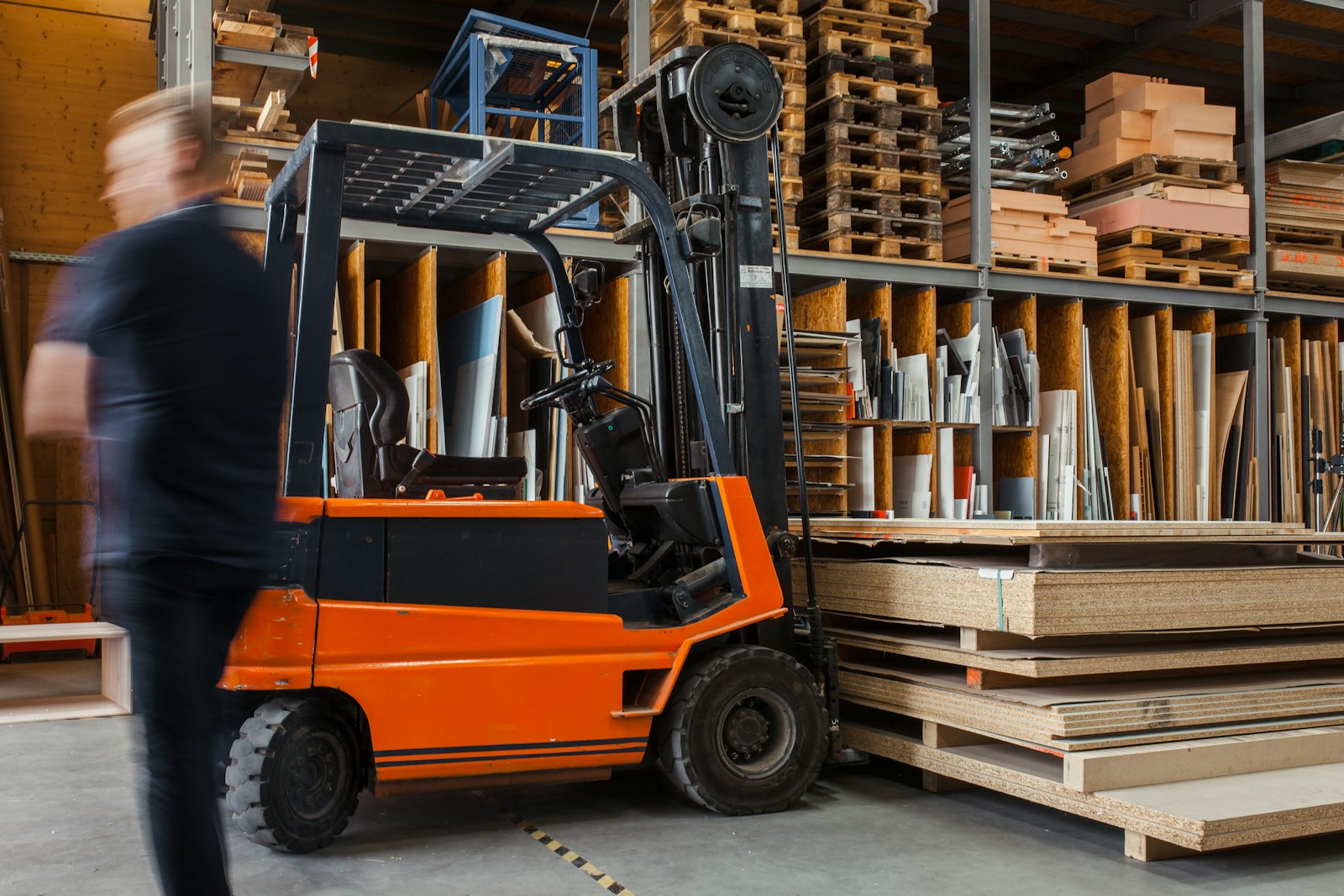Enhancing Design and Management in the Construction Industry
Understanding the Integration of Digital Twins and BIM
The integration of digital twin technology with Building Information Modeling (BIM) is transforming the construction industry, enhancing design and management processes. Digital twins, which are virtual replicas of physical assets, provide real-time data and insights that can significantly improve the efficiency and accuracy of construction projects. BIM, on the other hand, is a 3D model-based process that gives architecture, engineering, and construction professionals the tools to plan, design, construct, and manage buildings and infrastructure.
In regions like Saudi Arabia and the UAE, where construction innovation is paramount, integrating digital twins with BIM is becoming increasingly crucial. In Riyadh, for instance, the adoption of these technologies is helping to streamline construction workflows and improve project outcomes. By combining the real-time monitoring capabilities of digital twins with the detailed modeling of BIM, construction professionals can enhance the accuracy of their designs and the efficiency of their management processes.
Dubai, known for its futuristic skyline and rapid development, is also leveraging the integration of digital twins and BIM to stay ahead in the construction industry. This integration allows for better coordination among stakeholders, reduces errors, and ensures that projects are completed on time and within budget. The synergy between digital twins and BIM provides a comprehensive view of the entire lifecycle of a construction project, from design to maintenance, enabling more informed decision-making and better resource management.
Challenges in Integrating Digital Twin Technology with BIM
Despite the numerous benefits, integrating digital twin technology with BIM presents several challenges. One of the primary obstacles is the complexity of data management. Digital twins generate a vast amount of data in real-time, which needs to be accurately incorporated into BIM models. This requires advanced data integration tools and processes to ensure that the information is synchronized and accessible to all stakeholders.
In Saudi Arabia, where large-scale construction projects are common, managing this data effectively is critical. Construction companies in Riyadh are investing in advanced software solutions and skilled personnel to handle the integration of digital twins and BIM. However, the learning curve associated with these new technologies can be steep, and there is often a need for ongoing training and support to ensure that teams can leverage these tools effectively.
Another significant challenge is the interoperability between different software platforms. Digital twins and BIM models are often created using different software applications, which may not always be compatible. This can lead to issues in data exchange and model synchronization, hindering the seamless integration of these technologies. In Dubai, where the construction industry is highly competitive, companies are working to develop standardized protocols and data formats to facilitate better interoperability between digital twin and BIM platforms.
Solutions for Effective Integration of Digital Twin Technology with BIM
To overcome these challenges, several solutions are being implemented in the construction industry. One of the key strategies is the adoption of cloud-based platforms that provide a centralized repository for all project data. These platforms enable real-time data sharing and collaboration among stakeholders, ensuring that digital twin data is seamlessly integrated into BIM models. In Saudi Arabia, the use of cloud-based construction management solutions is becoming increasingly popular, helping companies in Riyadh to enhance their project management capabilities.
Another solution is the development of standardized data formats and protocols that ensure interoperability between different software applications. Industry organizations and technology providers are working together to create common standards that facilitate the seamless exchange of data between digital twin and BIM platforms. In Dubai, construction companies are actively participating in these standardization efforts, recognizing the importance of interoperability for successful technology integration.
Additionally, investing in advanced training and development programs for construction professionals is essential. By equipping teams with the necessary skills and knowledge to use digital twin and BIM technologies effectively, companies can maximize the benefits of these tools. In the UAE, construction firms are partnering with educational institutions and technology providers to offer specialized training programs, ensuring that their workforce is well-prepared to handle the complexities of digital twin and BIM integration.
The Future of Digital Twin and BIM Integration in Construction
The future of construction lies in the successful integration of digital twin technology with BIM. As these technologies continue to evolve, their combined capabilities will revolutionize the way buildings and infrastructure are designed, constructed, and managed. In Saudi Arabia and the UAE, where construction is a key driver of economic growth, embracing these innovations will be crucial for maintaining a competitive edge in the industry.
Riyadh’s construction sector is set to benefit significantly from the ongoing advancements in digital twin and BIM technology. By leveraging these tools, construction companies can enhance the accuracy of their designs, improve project management efficiency, and ensure better resource utilization. The integration of digital twins and BIM will also enable more sustainable construction practices, reducing waste and minimizing the environmental impact of building projects.
In Dubai, the focus on smart city initiatives and cutting-edge construction technologies will further drive the adoption of digital twin and BIM integration. The city’s ambitious development plans, including the construction of advanced infrastructure and iconic landmarks, will rely heavily on these technologies to ensure success. By staying at the forefront of digital twin and BIM integration, Dubai will continue to set the standard for innovation in the construction industry.
Conclusion
Integrating digital twin technology with BIM presents both challenges and opportunities for the construction industry. By addressing the obstacles of data management, interoperability, and skill development, construction companies can harness the full potential of these technologies. In regions like Saudi Arabia and the UAE, where construction innovation is essential, embracing digital twin and BIM integration will be key to achieving better project outcomes, enhancing efficiency, and maintaining a competitive edge in the market.
—
#DigitalTwinIntegration #BIMConstruction #ConstructionManagement #SmartConstruction #SaudiArabiaInnovation #UAEConstruction #RiyadhTechnology #DubaiConstruction #AIBIM #BlockchainConstruction









